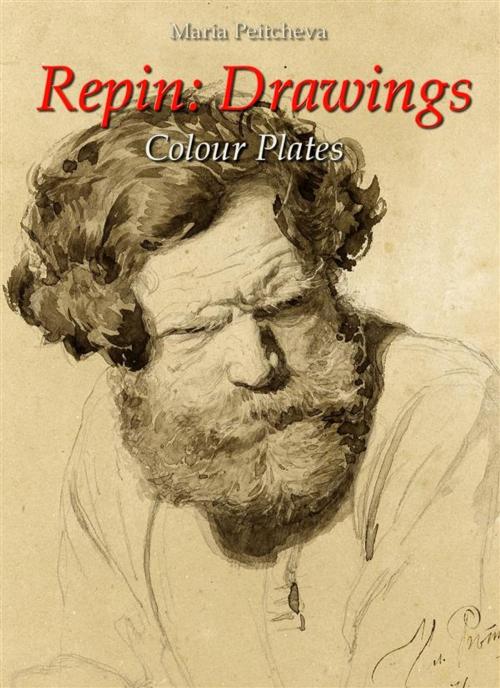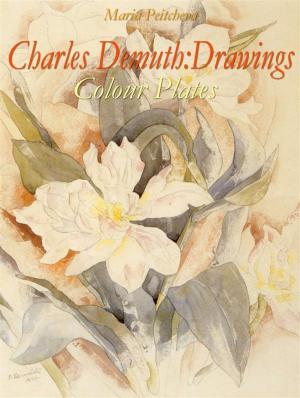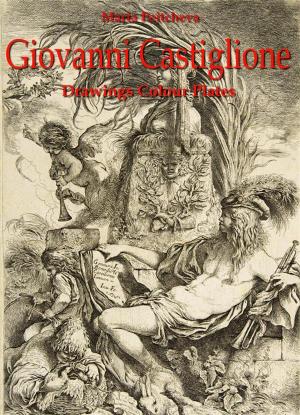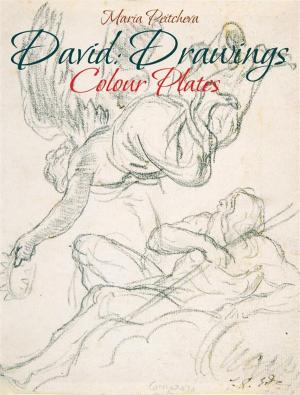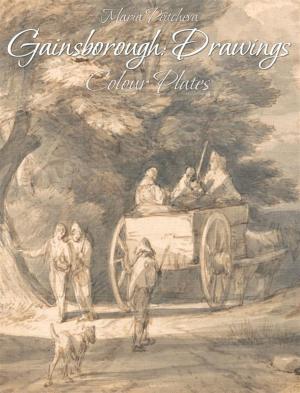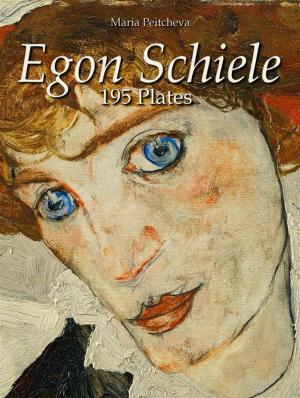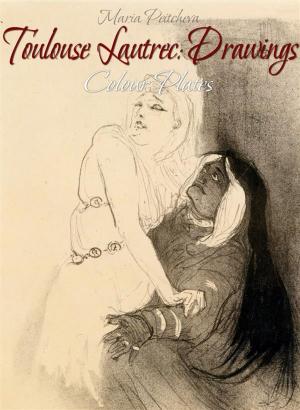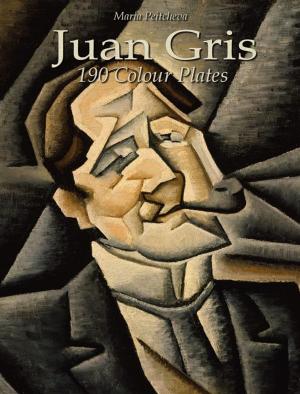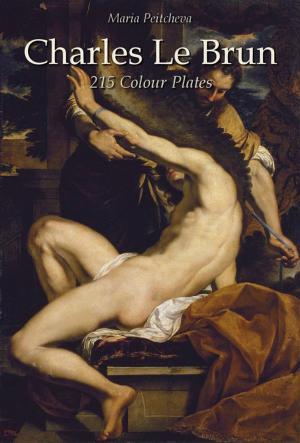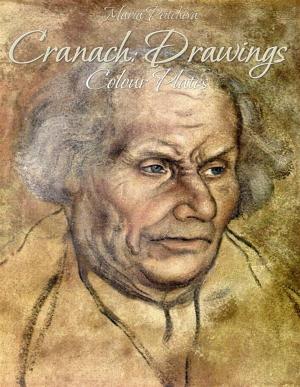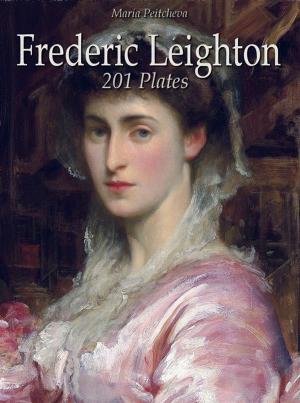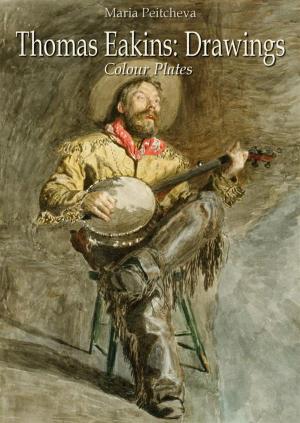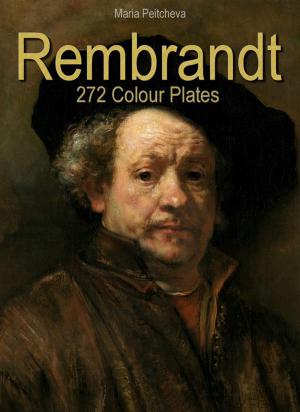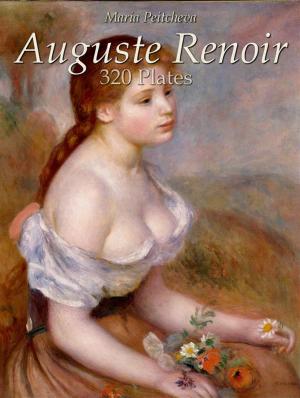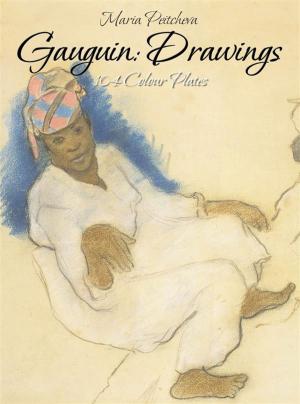Repin: Drawings Colour Plates
Nonfiction, Home & Garden, Crafts & Hobbies, Art Technique, Drawing, Art & Architecture, General Art| Author: | Maria Peitcheva | ISBN: | 9786050423860 |
| Publisher: | Maria Peitcheva | Publication: | April 20, 2016 |
| Imprint: | Language: | English |
| Author: | Maria Peitcheva |
| ISBN: | 9786050423860 |
| Publisher: | Maria Peitcheva |
| Publication: | April 20, 2016 |
| Imprint: | |
| Language: | English |
Ilya Yefimovich Repin (1844 – 1930) was a Russian realist painter. He was the most renowned Russian artist of the 19th century, when his position in the world of art was comparable to that of Leo Tolstoy in literature. He played a major role in bringing Russian art into the mainstream of European culture. His major works include Barge Haulers on the Volga (1873), Religious Procession in Kursk Province (1883) and Reply of the Zaporozhian Cossacks (1880–91).
Repin persistently searched for new techniques and content to give his work more fullness and depth. He had favorite subjects, and a limited circle of people whose portraits he painted. But he had a deep sense of purpose in his aesthetics, and had the great artistic gift to sense the spirit of the age and its reflection in the lives and characters of individuals. Repin's search for truth and for an ideal led him various directions artistically, influenced by aspects of hidden social and spiritual experiences and national culture.
Ilya Yefimovich Repin (1844 – 1930) was a Russian realist painter. He was the most renowned Russian artist of the 19th century, when his position in the world of art was comparable to that of Leo Tolstoy in literature. He played a major role in bringing Russian art into the mainstream of European culture. His major works include Barge Haulers on the Volga (1873), Religious Procession in Kursk Province (1883) and Reply of the Zaporozhian Cossacks (1880–91).
Repin persistently searched for new techniques and content to give his work more fullness and depth. He had favorite subjects, and a limited circle of people whose portraits he painted. But he had a deep sense of purpose in his aesthetics, and had the great artistic gift to sense the spirit of the age and its reflection in the lives and characters of individuals. Repin's search for truth and for an ideal led him various directions artistically, influenced by aspects of hidden social and spiritual experiences and national culture.
